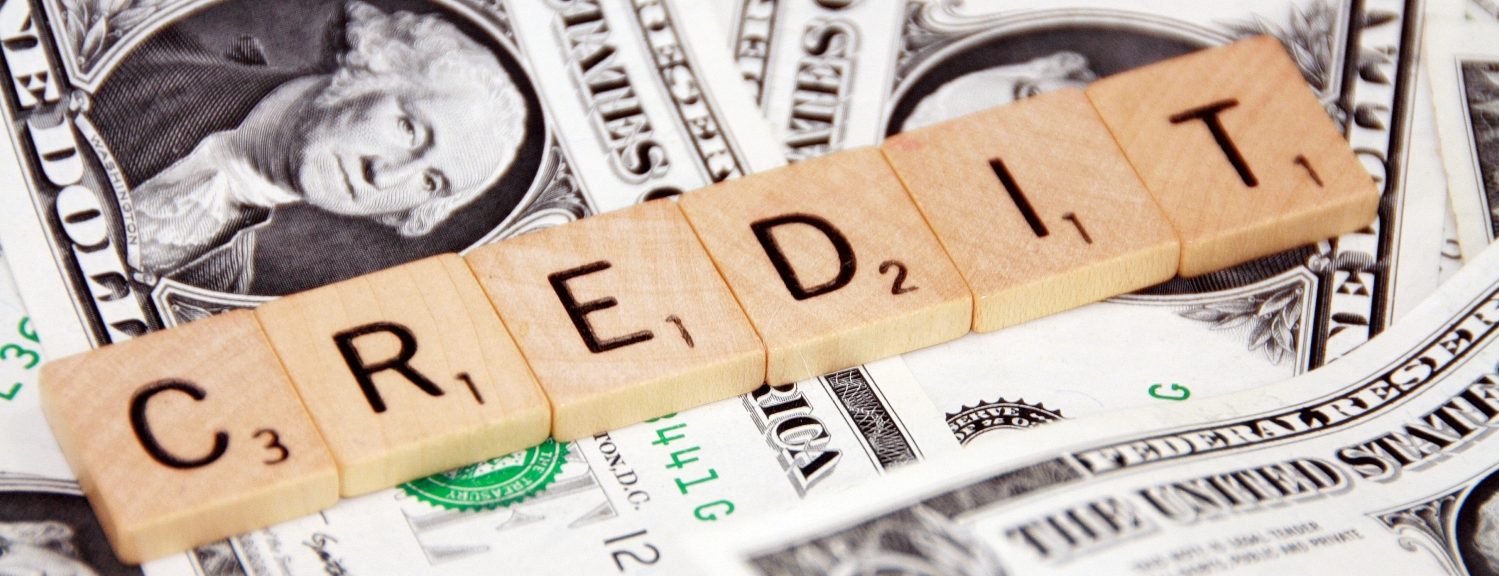UK employers expect to give workers pay rises of 5% this year, the highest in at least a decade, according to a survey of more than 2,000 businesses.
Against a backdrop of worker shortages, more than half of employers said they expect to raise base or variable pay further in 2023 to better recruit and retain staff, according to the Chartered Institute of Personnel and Development (CIPD), a body representing employers. However, expectations for public sector pay rises are lower.
The 5% pay rise expectation was the highest since at least 2012, when the quarterly survey started, the CIPD said. However, 5% would not be enough to prevent a steep real-terms pay cut, with inflation more than double that at 10.5% in December.
Employers are also coming under pressure to help workers with the cost of living crisis. Low unemployment has coincided with a period of sustained high inflation prompted by supply chain disruptions and energy price rises, which have been worsened in the last year by Russia’s full-scale invasion of Ukraine.
The UK economy narrowly avoided a technical recession at the end of 2022 as output stayed almost unchanged. However, despite the relative weakness in activity, unemployment remained near record low levels at 3.7% in November, a level that historically has been associated with a tight labour market and pay increases.
Jon Boys, a senior labour market economist for the CIPD, said: “Skills and labour remain scarce in the face of a labour market which continues to be surprisingly buoyant given the economic backdrop of rising inflation and the associated cost of living crisis.”
The survey showed a significant disparity between stronger pay expectations of 5% in the private sector and only 2% in the public sector. The gap helps to explain the wave of strike action taken by public sector workers and those whose pay is influenced by the government, the CIPD said. Nurses, rail workers, ambulance drivers, teachers and civil servants have all gone on strike this month alone. Workers represented by the Public and Commercial Services Union at the British Museum and the Driver and Vehicle Licensing Agency were on strike on Monday.
Public sector workers have suffered much larger drops in real pay (taking into account the effects of inflation) compared with their counterparts in the private sector. The gap between public and private sector pay growth remained close to record-high levels in November, the most recent month for which government pay data is available, according to the Resolution Foundation, a thinktank. Real wages declined by 5.5% in the public sector compared with 1.9% in the private sector.
skip past newsletter promotion
Sign up to Business Today
Free daily newsletter
Get set for the working day – we’ll point you to all the business news and analysis you need every morning
Enter your email address Enter your email address Sign upPrivacy Notice: Newsletters may contain info about charities, online ads, and content funded by outside parties. For more information see our Privacy Policy. We use Google reCaptcha to protect our website and the Google Privacy Policy and Terms of Service apply.
after newsletter promotion
The CIPD also reported that employers were struggling to fill vacancies. That is generally another sign of a tight labour market that would ordinarily prompt employers to raise pay offers. Fifty-seven per cent of employers said they have hard-to-fill vacancies, and of those, two in five said they would raise wages this year to attract workers.




